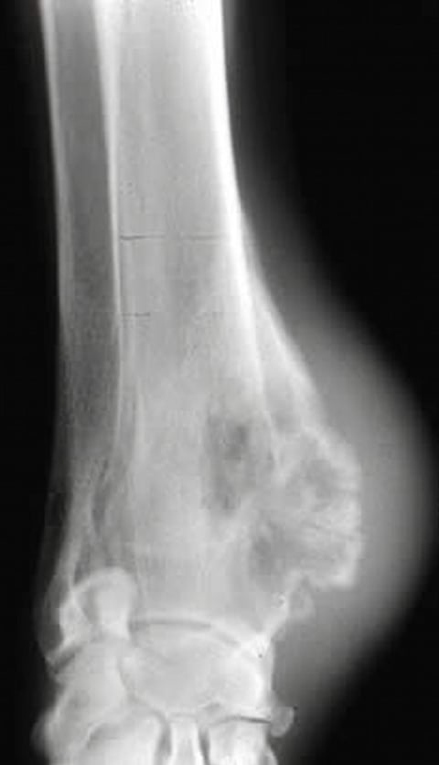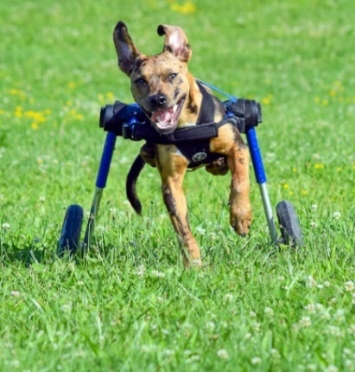
For people, the word amputation carries with it a heavy connotation of a difficult impairment one must endure. It is a life-changing event in every capacity. Specifically, limb amputation for humans can be considered a major loss, whereas for dogs and cats, it can serve as a new beginning.
For animals with a debilitating and painful disease or trauma of the leg, amputation can sometimes be the best decision for their quality of life and pain relief. It may be surprising to learn that most three-legged pets go on to live perfectly happy and normal lives. Even at different ages, dogs and cats do so well after this orthopedic surgery because the source of pain and discomfort is removed.

The most common reason for limb amputation in pets is cancer that affects the leg. Osteosarcoma, a primary cancer of the bone, can form causing tremendous pain and lead to fractures. Another common reason is severe trauma. This can be due to multiple fractures and/or the loss of a significant amount of soft tissue. In addition, sometimes benign masses or tumors can grow large enough on a pet’s leg or paw to necessitate the leg being amputated in order to fully remove the tumor.
Compared to human leg amputation, pets have a much easier time recovering. Of course, this is largely due to their anatomy. Pets rapidly adjust to redistributing their energy onto three legs. Prior to the surgical procedure, these pets have already been accustomed to shifting their weight using only three limbs since the affected leg was too painful or sensitive to walk on.

Luckily, animals do not suffer from the psychological trauma of limb loss like humans do. Physically, the agility and flexible movements of cats allows them to recover rather quickly. Smaller and younger dogs have an easier time adjusting to three legs than perhaps older dogs with arthritis or neurological conditions. In general, hind limb amputation recovery for dogs and cats is slightly easier than front limb, as they carry 60 percent of their body weight on their front legs. However, pets with front limb amputations can walk well without assistance.

Soft bedding is advised to keep your pet as comfortable as possible until the muscles have healed after surgery.

As three-legged pets, or “tripods” as they are affectionately nicknamed, return to normal activities, traction is key as they learn to navigate their world again. Wood and tile floors are not as preferable as carpet for that reason. If your home has a lot of slippery flooring, consider laying down yoga mats or rugs to help with your pet’s traction. Pets who are overweight or obese will need to be extra cautious due to the higher strain on their legs. Your veterinarian can help in choosing a harness that is best suited for your three-legged pet.


If your dog or cat needs a limb amputation, or you have any further questions about the procedure and aftercare process, give us a call today! Animal Works Veterinary Surgery – Fort Collins, CO 970-694-2625

